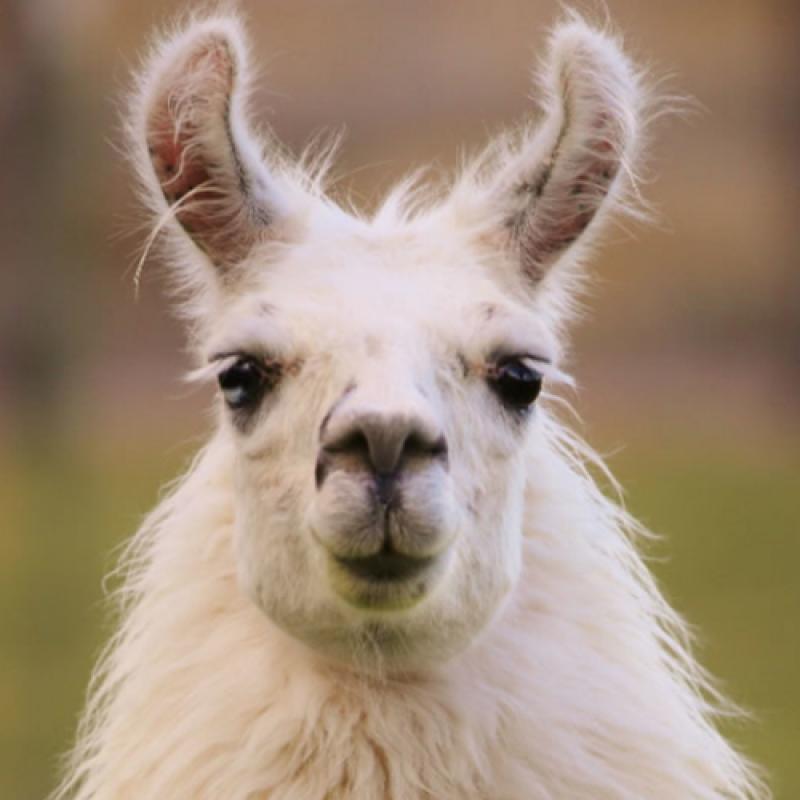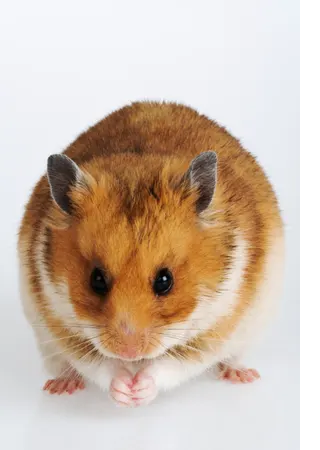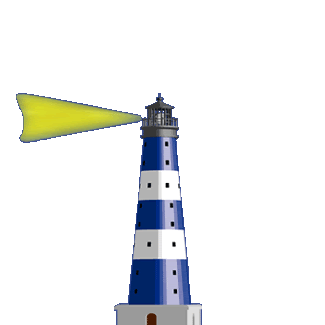In the search for Covid protection, Cormac the 'extremely charismatic' llama may hold a key
By: Matilda Boseley - The Guardian


The llama has provided nanobodies that effectively prevent infection, but the use of other species in Covid research raises troubling ethical questions

Here's a different approach to the effort against the coronavirus.
Let's meet the animals who are (literally) giving us their essence!
And also... hamsters are cute.


“He is an extremely charismatic llama … he’s a pretty cool guy,” says TJ Esparza, a neuroscientist at the Uniformed Services University. He is part of the team attempting to transform Cormac’s nanobody cells into a drug that will coat the inside of human lungs, providing temporary but effective protection from coronavirus particles.
Camelids such as camels, llamas and alpacas produce nanobodies, which are similar to human antibodies but much smaller. The right nanobodies, from the right animal, can essentially nestle over the spikes that dot the surface of a coronavirus particle and prevent them from latching on to healthy cells.
Cormac turned out to be the right llama. After he was injected with a harmless pseudovirus five times over the course of a month, a small portion of his blood was taken and his nanobodies isolated. Cormac produced one nanobody strain, from hundreds analysed, that was found to be effective in preventing infection.
“Let’s say you knew that you were about to go into a high-risk situation … you could inhale a bunch of nanobodies to coat your lungs to give you some protection,” says Dr David Brody, the other half of Cormac’s research team.
“Or if you knew you have just been exposed, somebody just coughed all over you, you could take it as an early treatment before you got sick to neutralise the virus and try to counteract the effects.”
Unlike mRNA vaccines, nanobody drugs are cheap to produce and extremely stable, requiring no refrigeration, and can be administered through an inhaler rather than an injection. That may make them a particularly useful tool given the huge logistical challenge of producing and distributing millions of vaccine doses at sub-zero storage temperatures.
“You can dry them down into a powder and store them in a warehouse for months or even years, and then add water and reconstitute them and they work just fine … So they would have huge advantages for the developing world,” Brody says.
These nanobodies have now been grown and reproduced in a lab, meaning Cormac’s work is done.
“Cormac’s pretty talented from an immunological perspective. We’ve vaccinated a lot of llamas for different proteins, and don’t always get these great antibodies that he has made.”
Future of 450m-year-old crab in doubt
But Cormac won’t be the last animal used in the development of this new drug, and many will not have a similarly happy life. Millions of creatures including monkeys, hamsters, horseshoe crabs, mice, ferrets and pigs have been killed in the quest for a Covid cure.
“Pretty much everyone would like to reduce the use of animals. I don’t know anyone who doesn’t,” says Colin Pouton, a professor of pharmaceutical biology at the University of Monash in Melbourne. “But right now regulatory authorities are not really allowing that to happen.
“If we didn’t use animals to test toxicity we would have to accept that there would be certain levels of injury to the humans we trial them on.”
Alternatives to animals testing remain in their infancy, are expensive and are not yet widely accepted by the scientific community.
The ethics of such testing are widely discussed within the scientific community, but many are reluctant to talk openly about it for fear of backlash.
Missouri-based artist and activist Miranda Pietzsch says she believes it is important not to shy away from the “sacrifice” these animals have been forced to make.
“A lot of people don’t want to address it … but without their contributions, thousands of people would be dead,” she says.
“I’m not really pro-animal testing but I think the least we can do is thank the animals that are involved.”
As part of Pietzsch’s work on animal conservation, she created a print and T-shirt featuring seven of the species that have been key to creating the Covid-19 vaccine, including llamas such as Cormac.
In the centre of the design is the horseshoe crab, one of the most vital animals in the creation of any injectable medicine.
The American horseshoe crab has outlived the dinosaurs and survived four mass extinction events, but its population has been devastated in recent years , partly due to harvesting for biomedical production.

Horseshoe crabs are bled at the Charles River Laboratory. The crab has survived four mass extinction events, but its population has been devastated, partly due to harvesting for biomedical production.
Timothy Fadek/Corbis via Getty Images
The crabs are fished from the oceans, taken to a lab to have about 30% of their blood harvested, then released back into the wild. But between 5% and 20% die in the process and surviving females find it more difficult to breed, worsening the species’ already precarious position.
This has become especially problematic as hundreds of millions of doses of Covid-19 vaccines are being prepared around the world.
“There’s a lot of animals that need our help, but [horseshoe crabs] are not cute and fluffy, so they don’t get the funding for conservation that they deserve,” Pietzsch says.
“We need to tell their stories … These crabs have done something for us so we need to now do something for them.”
Shortage of primates
Pouton agrees that more needs to be done to help the animals affected by the medical industry.
“It certainly makes sense, the idea that if you take something you have to give something back,” he says.
“No one wants a situation where species are disappearing or you’re affecting the survival of the species … This issue of [horseshoe crabs] being used in vaccines, maybe it has given an opportunity for that discussion to re-emerge.”
The Covid-19 pandemic has also created an extreme shortage of monkeys used in testing. The practice – extremely controversial at the best of times – is often the last step before human trials, but with the extraordinary demand for new therapeutic trials, and China ceasing exports of monkeys the beginning of the pandemic, many researchers in the US have been forced to halt their drug development programs.
“Whether or not you need to use primates is something that is often discussed and what happened in the early phases of some of the vaccines … they actually went into humans before they had any primate data,” Pouton says.
Skipping this phase of testing was caused by the urgency of the pandemic rather than ethical concerns, but Pouton says it may go a small way to showing that intelligent primates are not always required in pharmaceutical development.
“We have seen more accelerated developments, perhaps with less involvement of animal testing along the way, which in many ways is good and makes more ethical sense.

“It’s pretty hard to get hold of any non-human primates,” says Brody. “So hamsters are the way to go.”
The Syrian hamster has become the most
widely used animal in Covid-19 research.
Martin Harvey/Getty Images
Syrian hamsters have become a staple of any Covid-19 therapeutic trials because, unlike mice, they can contract Covid-19. The small rodents are now being used in almost every Covid-19 trial around the world.
“Hamsters are a pretty good model for Covid,” Brody says. “Their receptor called the ACE2 receptor is pretty similar to the one in humans, and so they can get infected and sick.”
Having proved themselves in the petri dish, Cormac’s nanobodies are now being used on hamsters before they move along to primate or human trials – a step that Brody and Esparza say is unavoidable.
Pietzsch says she faced considerable backlash when she first published her vaccine animal design, both from people saying she was refusing to accept that animal testing was necessary and those saying she was glorifying the cruelty of medical treatments.
But Pietzsch says she was undeterred.
“These animals … are giving their lives,” she says.
“I think that rather than shove those things to the side and choose not to think about it, we need to appreciate it and then maybe we can get some more recognition and more money to develop other testing options.”
Tags






